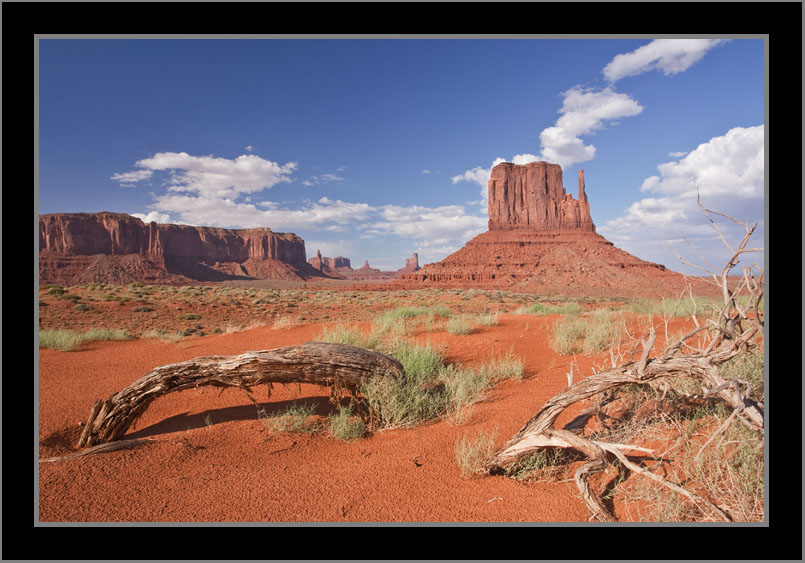This thread is part of the Tips & Tricks problematics. See here for more information.
Hi all,
This week's tip concerns the issue of removing haze from images. Landscape photos often suffer from this problem, leaving the photographer disappointed that the photo doesn't look they way he or she remembers it. I've chosen this as the first Tips & Tricks theme for a few reasons:
If you have any techniques to share then please tell us about them. You get extra Brownie points for using an example photograph to demonstrate your point.
Tim
Hi all,
This week's tip concerns the issue of removing haze from images. Landscape photos often suffer from this problem, leaving the photographer disappointed that the photo doesn't look they way he or she remembers it. I've chosen this as the first Tips & Tricks theme for a few reasons:
- It's a common problem.
- It can be resolved in a many ways, some of which are more simple, some of which are very advanced.
- Each image responds best to a particular technique, so having a range of techniques available is useful, and that's what these thread are all about.
If you have any techniques to share then please tell us about them. You get extra Brownie points for using an example photograph to demonstrate your point.
Tim






